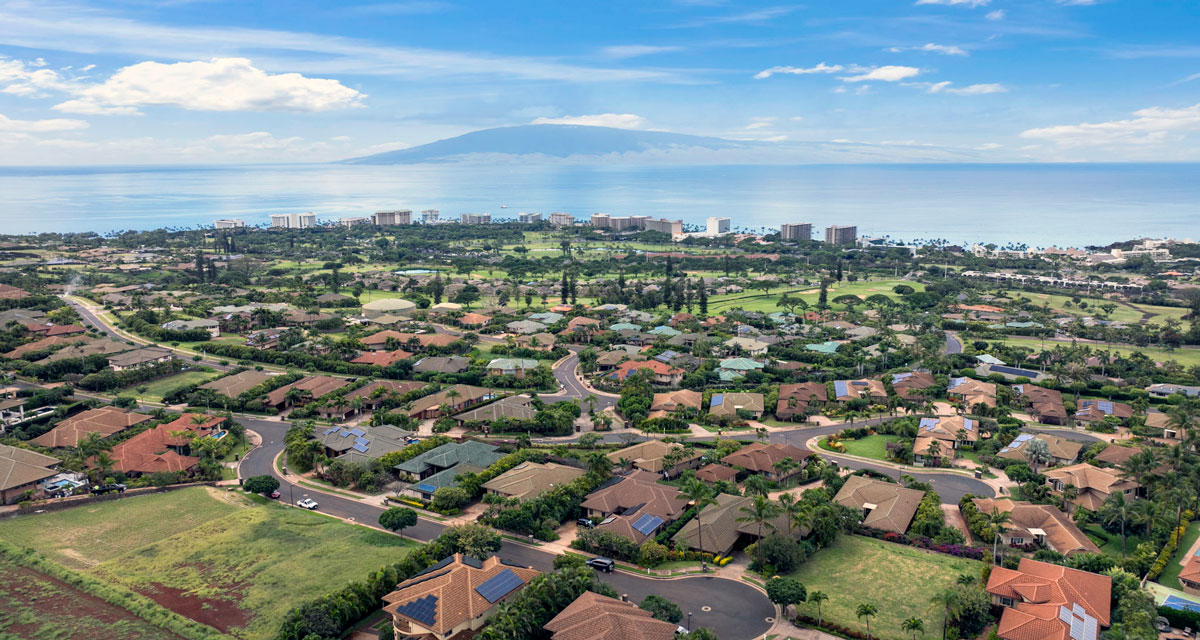REBUILDING LAHAINA - TWO OCEANFRONT HOMES APPROVED
But at what cost?
September 29, 2025
Two years after flames tore through historic Lahaina, hope is slowly rising along its battered shoreline. As of July, over 340 building permits have been issued, but none on the ocean, until now. Last month, two oceanfront homeowners received the long-awaited green light to rebuild, but with serious conditions. However, the approvals came with a heavy message: nothing, not even returning home, will ever be quite the same.
1045 Front Street: A Dream Reimagined
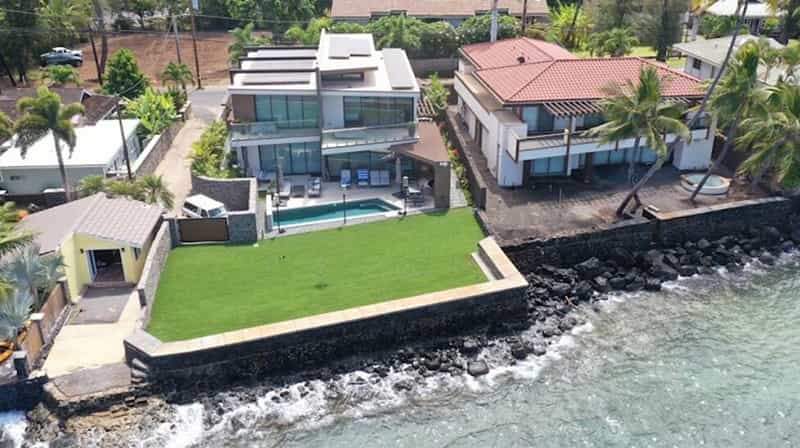
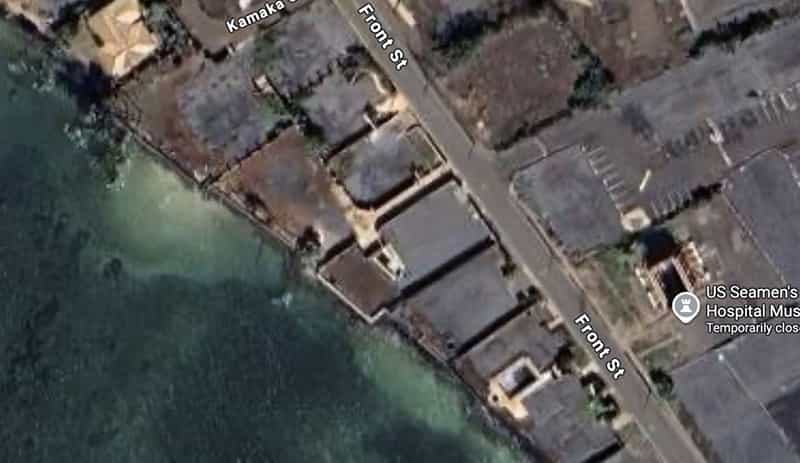
For Stanley and Dilara Deal, the devastation of August 8, 2023, was more than just the loss of a house; it was the erasure of a home filled with dreams, memories, and legacy. When they submitted their plans to rebuild their two-story home at 1045 Front Street, they made a simple request: to recreate what they had lost. A “like-for-like” rebuild. Nothing bigger. Nothing flashier. Just what once was.
But in post-fire Lahaina, even rebuilding your past is complicated.
Despite their intentions, the Maui Planning Commission required multiple changes to their design. The size had to be shrunk by 10% from its original 3,617 square feet. Flat roofs were replaced with hipped ones, steel accents were removed, and design elements were softened to reflect the cultural and historical weight of the land. The structure’s footprint was recommended to be pulled further inland.
What the Deal family received in the end was approval, but with conditions. Conditions that transformed their "like-for-like" dream into something more symbolic than literal. A smaller home. A new design. A future that nods to the past but cannot fully restore it.
Not quite “Like-for-Like”
In the immediate aftermath of the fire, Maui County officials, including Mayor Richard Bissen, assured survivors that they would be allowed to rebuild “like-for-like.” The goal was clear: ease the emotional and logistical burden for homeowners who had lost everything.
But the promise, while well-intentioned, was not an absolute right.
Though it suggested that survivors could rebuild without facing stricter regulations, it did not override the legal requirement for permits, especially for shoreline properties. Most notably, homes near the ocean were still subject to the Special Management Area (SMA) permit process, which includes cultural and environmental review.
In practice, “like-for-like” became a starting point, not a guarantee.
A Community Divided — And the Push for a Different Future
The hearings weren’t just contentious; they were profoundly revealing. While some supported the homeowners’ right to rebuild, many testifiers passionately opposed the very idea of private oceanfront homes returning to Lahaina at all.
A small number of residents and advocates, representing Lahaina Strong, argued that the tragedy of the fire offered a rare, urgent opportunity: to reclaim Lahaina’s shoreline for the public, to undo generations of restricted access, and to create a community-centered coastal corridor rooted in Hawaiian values of stewardship (mālama ʻāina).
They urged the Planning Commission to draw a hard line—not just on square footage, but on principle. No more private rebuilds on the ocean. No more gates to the sea. No more walls between the people and the water.
Though the Commission ultimately voted to approve the Deal rebuild, these voices shaped the discussion, and their presence will continue to shape what comes next.
21 Kai Pali Place: A Quieter Step Forward — and a Different Experience
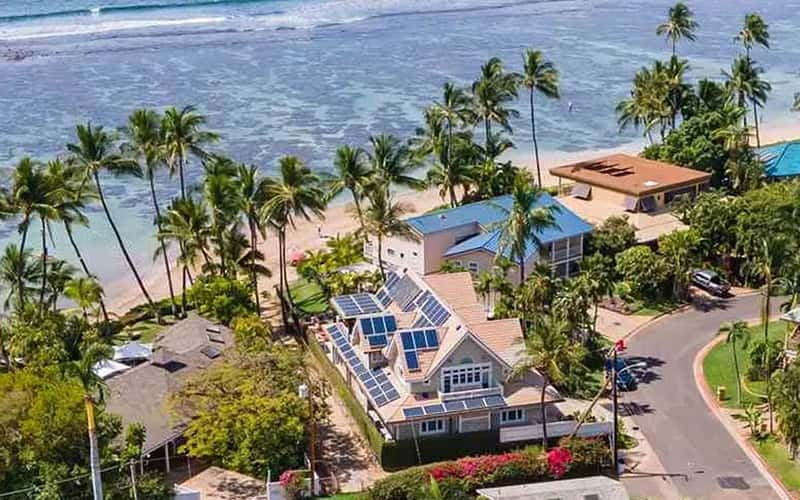
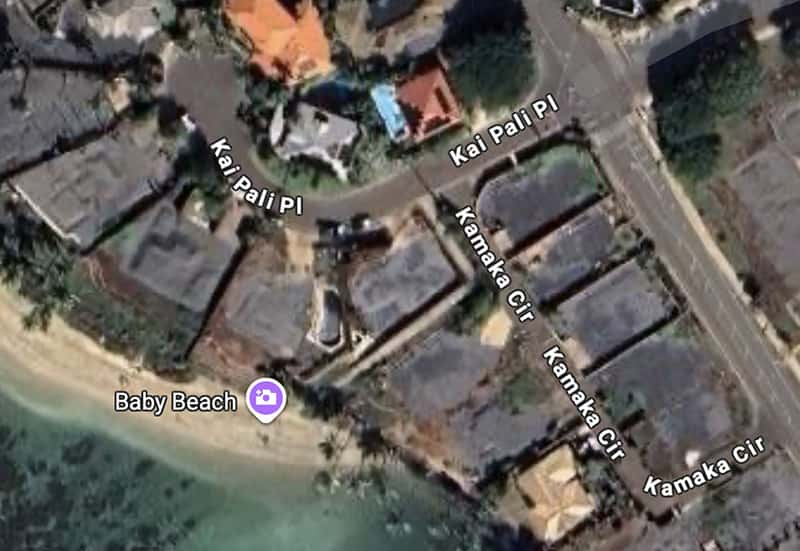
A second home, located at 21 Kai Pali Place, also received Special Management Area (SMA) approval to rebuild, but the path was notably smoother.
While the Commission did hold a public hearing, it lacked the heated opposition that marked the Deal case. And most notably, the owners of 21 Kai Pali were allowed to rebuild their home exactly as it was—a two-story, 3,480 sq ft residence with no reduction in size or architectural limitations. The application was approved using the same blueprints as before the fire, and the landscaping and spa features were restored without significant challenge.
The Commission imposed some environmental conditions—such as requiring a sea-level rise mitigation plan and preserving shoreline access—but unlike the Deal family, the Kai Pali owners did not have to shrink their home, revise its design, or defend it in a storm of public protest.
The Bigger Picture: Recovery or Redirection?
These approvals are more than just bureaucratic checkmarks. They are moral and cultural flashpoints. The “like-for-like” promise offered comfort—but as hearings revealed, many in Lahaina don’t want the past simply restored. They want it rethought.
For some, rebuilding a home is healing. For others, it is a continuation of exclusion. The shoreline, they argue, should be for everyone.
And so, the tension remains: between private grief and public good, between personal restoration and collective reimagination.
Lahaina’s future isn’t just being rebuilt—it’s being renegotiated, one property at a time.
More Maui Real Estate News
MARY ANNE FITCH
REALTOR® · RB-15747 · SENIOR PARTNER
GLOBAL LUXURY SPECIALIST


